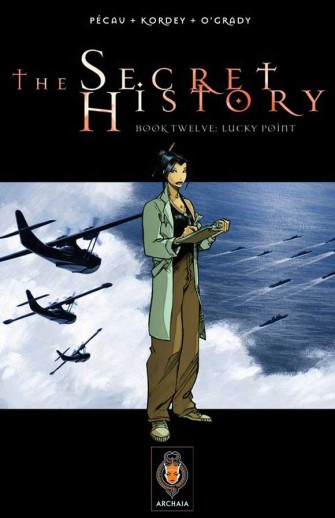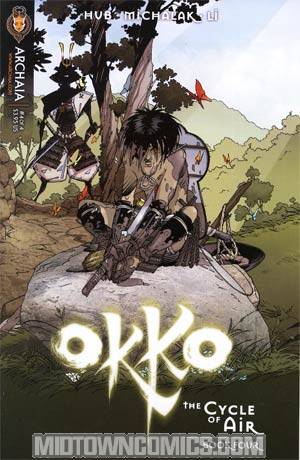 Written by David Axe
Written by David AxeArt by Matt Bors
David Axe is a war correspondent who has written a number of books and one other graphic novel
Axe's central tenet, that war is boring, didn't get as much exploration as I expected in this book. In fact, the speed with which he dispatches major conflicts often gives the opposite impression; war is only boring because he tells us it is, he never shows it. Which is not to say the book isn't good - I found it quite enjoyable and a pretty gripping read.
Axe portrays himself as a pretty difficult person. He's only happy when he's covering war zones, and like an addict, keeps looking to increase the level of his experience with each new assignment. He bounces through places like Afghanistan, Iraq, East Timor, and Lebanon before challenging himself to go to Somalia, a region so dangerous his previously risk-adverse publisher refused to pay for his trip. In each of these places, Axe feels a momentary sense of satisfaction, but it quickly fades once he returns home to 'normal life'. Eventually, he ends up in Chad, looking to cover the Darfur region of Sudan.
What I found both interesting and frustrating about the book was the way in which Axe didn't really go into much detail about any of the places or conflicts he was bearing witness to. The implication is that these places don't matter beyond the visceral experiences they can provide him. I would have been interested in learning a little more about each place, but I can understand why the decision was made to keep the book lean in terms of details.
This is an interesting read, with an interesting premise. The art is serviceable and decent, if not spectacular. I am curious to give Axe's other book a try.



























